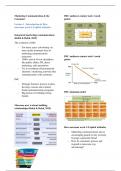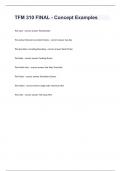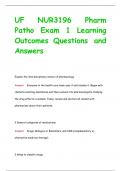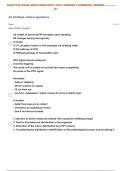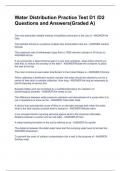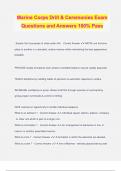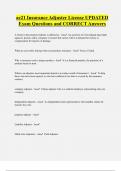Notes de cours
College aantekeningen Marketing Communication and the Consumer (S_MCC)
- Cours
- Établissement
Lecture notes Marketing Communication and the Consumer College aantekeningen Marketing Communication and the Consumer All lectures, except lecture 9 (guestlecture!) Alle colleges, behalve lecture 9 (guestlecture!)
[Montrer plus]
